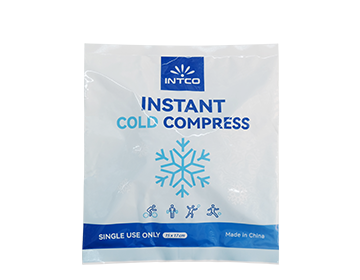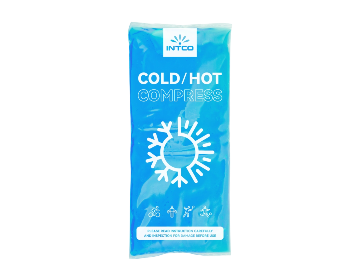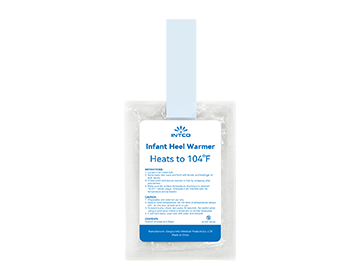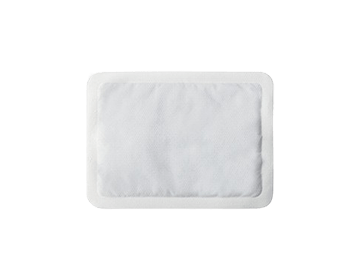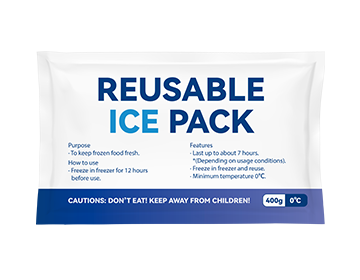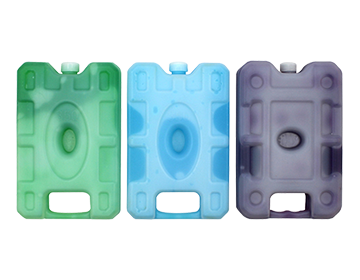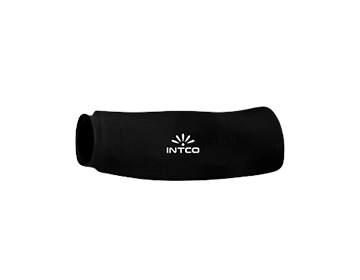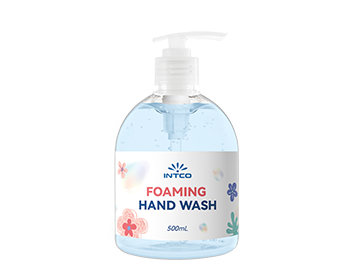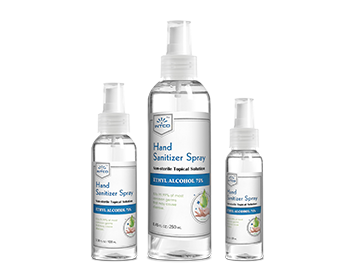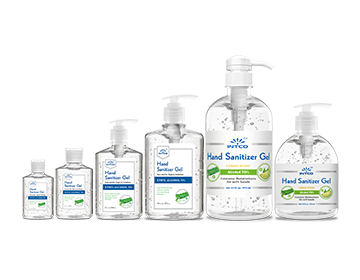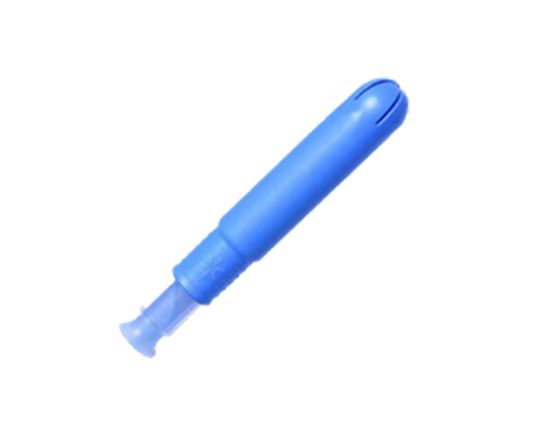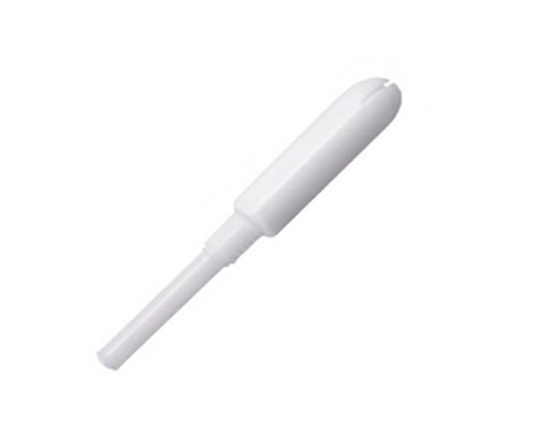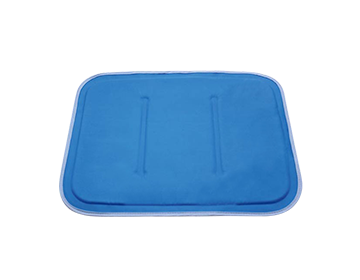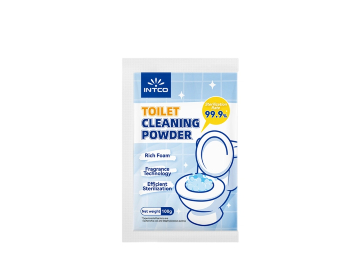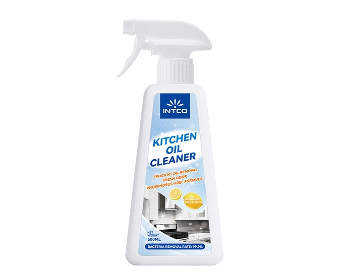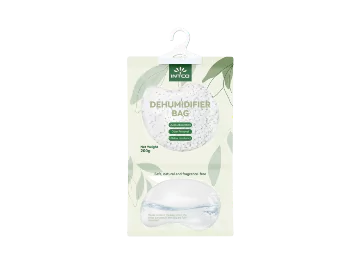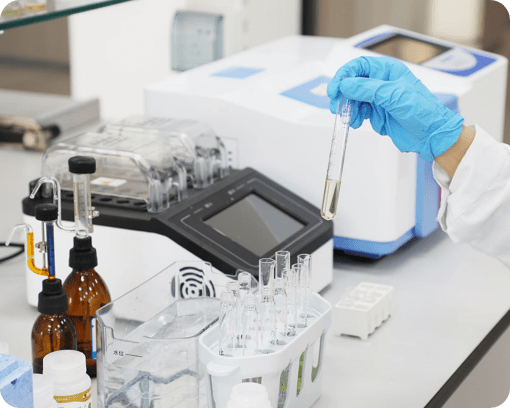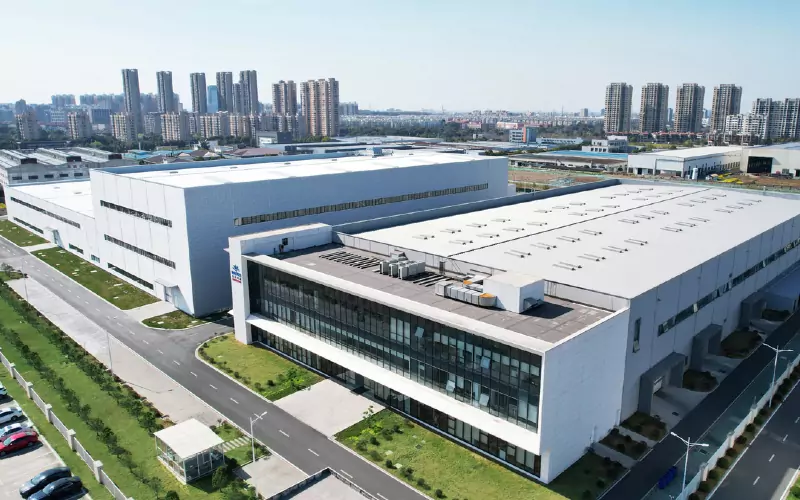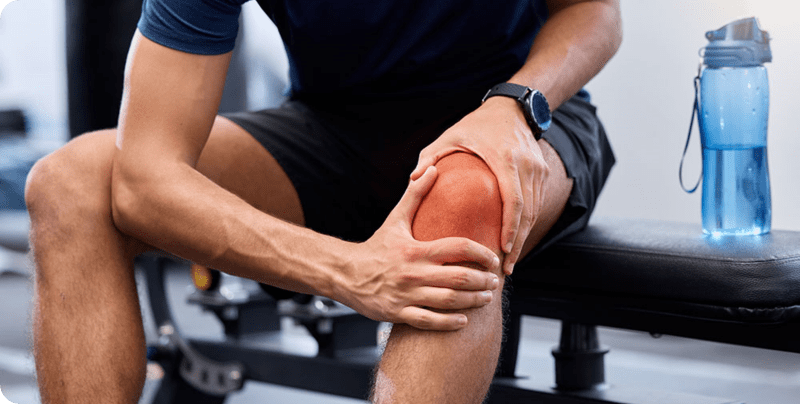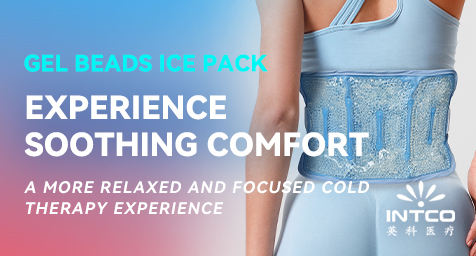How Physical Therapy Accelerates Post-Surgical Recovery: Key Insights
Understanding the Role of Physical Therapy
Definition and Scope
Physical therapy, a vital element within the healthcare landscape, is dedicated to improving and restoring functional capacities and quality of life through an array of physical interventions. These interventions encompass therapeutic exercises, manual therapy, and additional modalities designed to alleviate pain, enhance mobility, and foster overall well-being. Specifically in the realm of post-surgical recovery, physical therapy plays an instrumental role in ensuring patients regain strength and functionality safely and effectively.
Importance in Medical Rehabilitation
Physical therapy is indispensable in medical rehabilitation due to its multifaceted approach to patient care. By utilizing individualized treatment plans, physical therapists can address specific patient needs and medical conditions. This customization enhances the outcomes of rehabilitation programs, making them more effective in achieving recovery goals. The importance of physical therapy is underscored by its capacity to prevent secondary complications, expedite the healing process, and optimize overall physical health.
Stages of Post-Surgical Recovery
Immediate Post-Operative Phase
Pain Management
In the immediate post-operative phase, effective pain management is crucial for patient comfort and recovery. Physical therapy plays a significant role by employing techniques such as ice application, transcutaneous electrical nerve stimulation (TENS), and gentle mobilization to alleviate pain. These methods help reduce reliance on pain medications, thereby minimizing possible side effects and promoting a quicker return to normal activities.
Swelling Reduction Techniques
Managing swelling is another pivotal aspect of the initial recovery phase. Physical therapists use various strategies to reduce post-surgical edema, including compression therapy, elevation, and lymphatic drainage massage. These techniques not only decrease swelling and discomfort but also enhance tissue healing and prevent long-term complications such as scar tissue formation and joint stiffness.
Intermediate Phase
Mobilization Strategies
During the intermediate recovery phase, mobilization strategies become central to the rehabilitation process. Physical therapists focus on gradual, controlled movements to promote circulation, reduce stiffness, and maintain joint function. Techniques such as passive range-of-motion exercises and assisted walking help patients regain their mobility while ensuring that they do not overexert themselves, which could impede healing.
Flexibility Exercises
Improving flexibility is also integral during this phase of recovery. Physical therapists design specific exercises to gently stretch the muscles and soft tissues surrounding the surgical site. These exercises help prevent contractures and improve the overall functional range of motion. Consistent flexibility training aids in the gradual restoration of normal movement patterns, laying a strong foundation for the subsequent stages of recovery.
Advanced Phase
Strengthening Exercises
As patients move into the advanced phase of post-surgical recovery, the focus shifts to strengthening exercises. These exercises are designed to rebuild muscle strength and endurance that may have been lost during the period of immobilization. Physical therapists create tailored programs that progressively challenge the muscles without jeopardizing the surgical repair. Strengthening exercises not only enhance physical capabilities but also help in reducing the risk of re-injury.
Functional Training
Functional training is another vital component of the advanced phase. It involves exercises and activities that mimic daily tasks, helping patients regain their ability to perform everyday functions independently. For instance, a patient who underwent knee surgery might practice movements like standing from a seated position or climbing stairs. Functional training accelerates the transition from rehabilitation to full recovery, ensuring patients are well-prepared to resume their daily lives.
Benefits of Physical Therapy in Post-Surgical Recovery
Enhanced Mobility and Flexibility
One of the primary benefits of physical therapy in post-surgical recovery is enhanced mobility and flexibility. Through systematic and progressive interventions, physical therapy helps restore the movement capabilities of the affected area. Patients experience significant improvements in their range of motion, which is crucial for performing daily activities and maintaining an active lifestyle.
Accelerated Healing Process
Physical therapy is instrumental in accelerating the healing process. By engaging in targeted exercises and therapies, patients can stimulate blood flow, improve tissue regeneration, and reduce inflammation. These physiological benefits contribute to quicker and more effective healing, allowing patients to return to their normal routines faster than they might with conventional recovery methods.
Prevention of Complications
Another critical benefit of physical therapy is the prevention of potential post-surgical complications. Regular physical therapy sessions can mitigate the risk of issues such as blood clots, muscle atrophy, and joint stiffness. By maintaining regular movement and employing specific techniques, physical therapists can help patients avoid these complications, ensuring a smoother and safer recovery journey.
Key Techniques Used in Physical Therapy
Manual Therapy
Manual therapy involves hands-on techniques used by physical therapists to manipulate muscles and joints. This can include massage, joint mobilizations, and manual stretching. These techniques help alleviate pain, reduce muscle tension, improve circulation, and enhance joint mobility. Manual therapy is often a cornerstone of physical rehabilitation, providing immediate relief and long-term benefits.
Therapeutic Exercises
Therapeutic exercises are tailored to the specific needs of the patient and are critical for rebuilding strength and improving function. These exercises can range from simple activities that enhance flexibility and joint mobility to more complex routines that focus on muscle strengthening and endurance. The goal is to create a balanced and comprehensive exercise program that facilitates recovery while preventing re-injury.
Electrotherapy
Electrotherapy uses electrical impulses to stimulate muscles and nerves. Techniques such as Transcutaneous Electrical Nerve Stimulation (TENS), Electrical Muscle Stimulation (EMS), and ultrasound therapy can alleviate pain, reduce inflammation, and promote muscle activation. Electrotherapy is particularly beneficial in the early stages of recovery when pain and swelling are predominant issues.
Creating a Personalized Rehabilitation Plan
Initial Assessment and Goal Setting
The creation of a personalized rehabilitation plan starts with a thorough initial assessment. Physical therapists evaluate the patient’s current physical status, surgical history, and specific recovery needs. Based on this assessment, they set realistic and attainable goals that guide the rehabilitation process. Goal setting is crucial as it provides a clear roadmap for recovery and helps keep both the patient and the therapist focused.
Progress Monitoring and Adjustments
Progress monitoring is an ongoing process that ensures the rehabilitation plan remains effective and relevant. Physical therapists regularly assess the patient’s progress, adjusting the treatment plan as needed based on their recovery status. These adjustments may involve modifying exercise intensity, incorporating new techniques, or addressing any emerging complications. Continuous monitoring and flexibility in the treatment approach are key to successful rehabilitation.
Patient Involvement and Education
Importance of Patient Compliance
Patient compliance is vital for the success of any post-surgical rehabilitation program. Physical therapists educate patients about the importance of following their prescribed exercises and therapy routines. By adhering to the physical therapy regimen, patients can achieve better outcomes and reduce the risk of setbacks. Patient compliance also builds a sense of ownership and responsibility towards their recovery journey.
Home Exercise Programs
Home exercise programs are an extension of clinical physical therapy sessions, designed to be performed by patients in the comfort of their homes. These programs include specific exercises that target recovery and maintenance of physical function. Physical therapists provide detailed instructions and demonstrations, ensuring patients can safely and effectively continue their rehabilitation outside of the clinical setting. Home exercise programs are crucial as they promote consistency and long-term adherence to rehabilitation goals.
Common Surgeries Requiring Physical Therapy
Orthopedic Surgeries
Knee Replacement
Knee replacement surgery often necessitates an extensive rehabilitation protocol. Physical therapy helps patients regain knee function, reduce pain, and restore mobility. Therapists utilize a combination of strengthening exercises, flexibility training, and manual techniques to ensure that the knee heals properly and can handle the demands of daily activities.
Hip Replacement
Following hip replacement surgery, physical therapy is essential for restoring hip function and facilitating a return to normal activities. Therapy focuses on strengthening the surrounding muscles, improving joint flexibility, and retraining functional movements such as walking and climbing stairs. The goal is to achieve a pain-free range of motion and restored strength, allowing patients to resume an active lifestyle.
Cardiovascular Surgeries
Coronary Artery Bypass Grafting (CABG)
Patients who undergo Coronary Artery Bypass Grafting (CABG) often benefit from physical therapy to enhance their cardiovascular health and overall physical endurance. Therapy includes aerobic exercises, strength training, and flexibility routines tailored to the patient’s capabilities and medical status. Physical therapy not only aids in recovery but also promotes heart health and reduces the risk of further cardiovascular issues.
Heart Valve Surgery
Physical therapy plays a critical role in the recovery process following heart valve surgery. The focus is on gradually reintroducing physical activity, improving cardiovascular endurance, and monitoring vital signs to ensure a safe progression. Therapists design exercise programs that enhance cardiac function, reduce fatigue, and improve overall physical strength, facilitating a smoother and more effective recovery.
By incorporating these comprehensive insights into how physical therapy accelerates post-surgical recovery, patients and healthcare providers alike can appreciate the value and necessity of this essential medical service. Understanding the stages of recovery, the techniques used, and the benefits provided by physical therapy ensures a well-rounded approach to post-surgical rehabilitation, ultimately leading to better patient outcomes and quality of life.
To ensure the effectiveness and safety of physiotherapy products, it is important to choose the right supplier.
INTCO Healthcare offers a range of physical therapy products that are designed to provide effective relief and promote healing. These products are focused on enhancing physical well-being and addressing various conditions.
One of their notable products is the NECK & SHOULDER GEL WRAP, which provides physical cooling for the skin and helps relieve pain and swelling caused by sprains, strains, contusions, minor burns, toothaches, and insect bites. This gel wrap offers a convenient and effective solution for managing discomfort and promoting healing in the neck and shoulder area.
INTCO Healthcare also offers the REUSABLE HOT & COLD GEL PACK, which can be used for both cold and hot therapy. Cold therapy helps reduce swelling and pain caused by inflammation, while heat therapy improves blood circulation and relaxes tight muscles. This versatile gel pack is available in different sizes and colors to suit individual needs.
For targeted therapy, INTCO Healthcare provides the WAIST & ABDOMEN GEL WRAP. This product is specially designed for the waist and abdomen and can be used for both cold and hot therapy. It helps reduce swelling and pain while improving blood circulation and relieving muscle tightness and pains.
Additionally, INTCO Healthcare offers the INSTANT COLD PACK, which is a disposable external application for physical cooling of the skin. It provides relief from pain and swelling caused by sprains, strains, contusions, minor burns, toothaches, and insect bites. This portable and convenient cold pack does not require refrigeration.
In summary, INTCO Healthcare offers a range of physical therapy products that focus on providing relief and promoting healing. These products include the NECK & SHOULDER GEL WRAP, REUSABLE HOT & COLD GEL PACK, WAIST & ABDOMEN GEL WRAP, and INSTANT COLD PACK. They are designed to address various conditions and provide effective solutions for managing pain, swelling, and promoting recovery.

